How Augmented Reality is Changing Retail and E-commerce
13 March 2025
The world of retail and e-commerce is evolving faster than ever before. With the rise of cutting-edge technologies like augmented reality (AR), the game is transforming in ways we could only dream of just a decade ago. So, what exactly is AR, and how is it revolutionizing the shopping experience? Grab a cup of coffee and let’s dive into how AR is shaking up the retail and e-commerce industries.
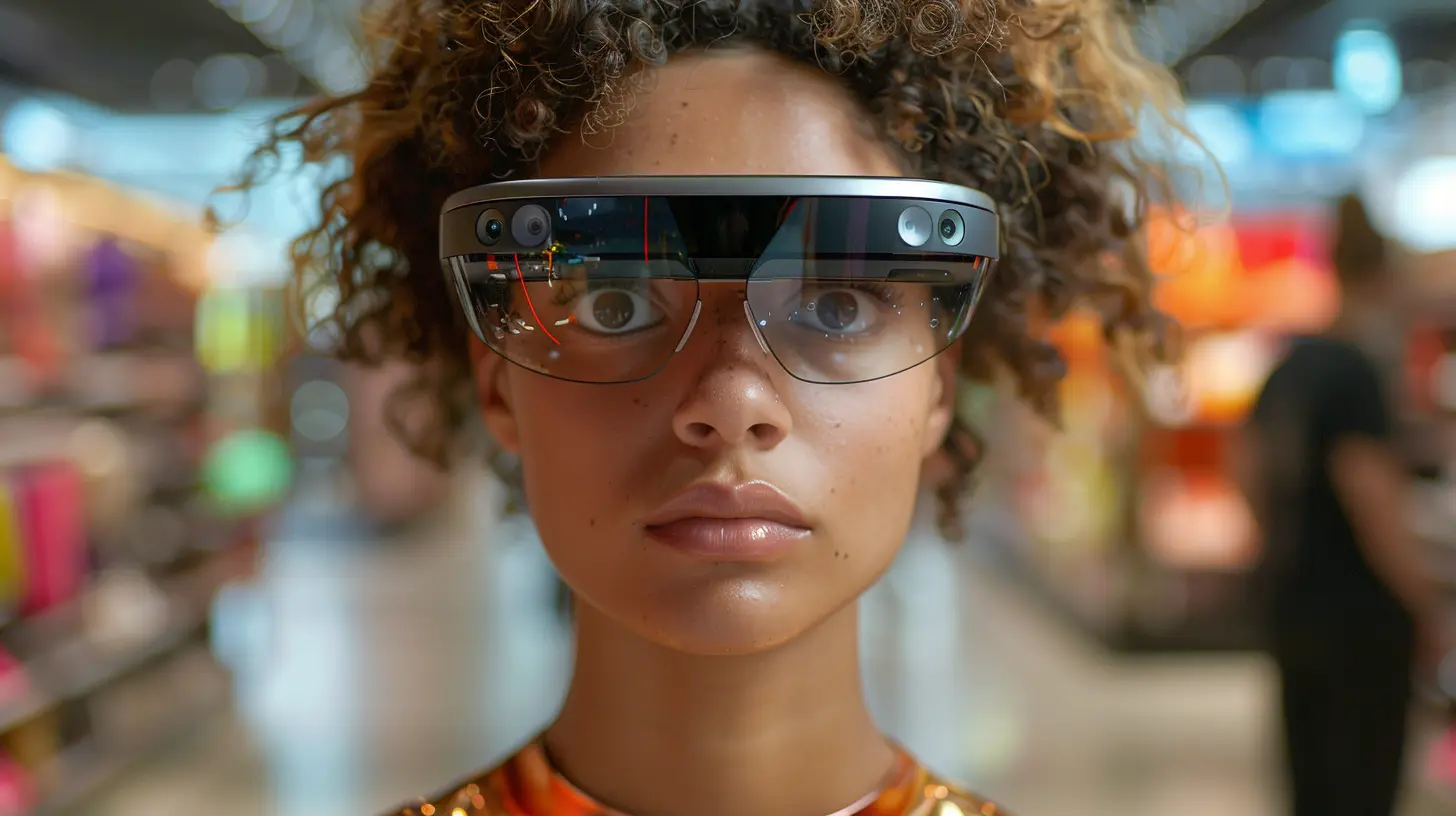
What Is Augmented Reality?
Before we get into the nitty-gritty of how AR is changing retail, let’s make sure we’re all on the same page. Augmented Reality (AR) is a technology that overlays digital content—images, sounds, or other data—onto the real world. Think about Pokémon GO, where you could catch digital Pokémon in your physical surroundings. That’s AR in action. But now, it’s not just about games. AR has found its way into industries like education, healthcare, and, yes, retail and e-commerce.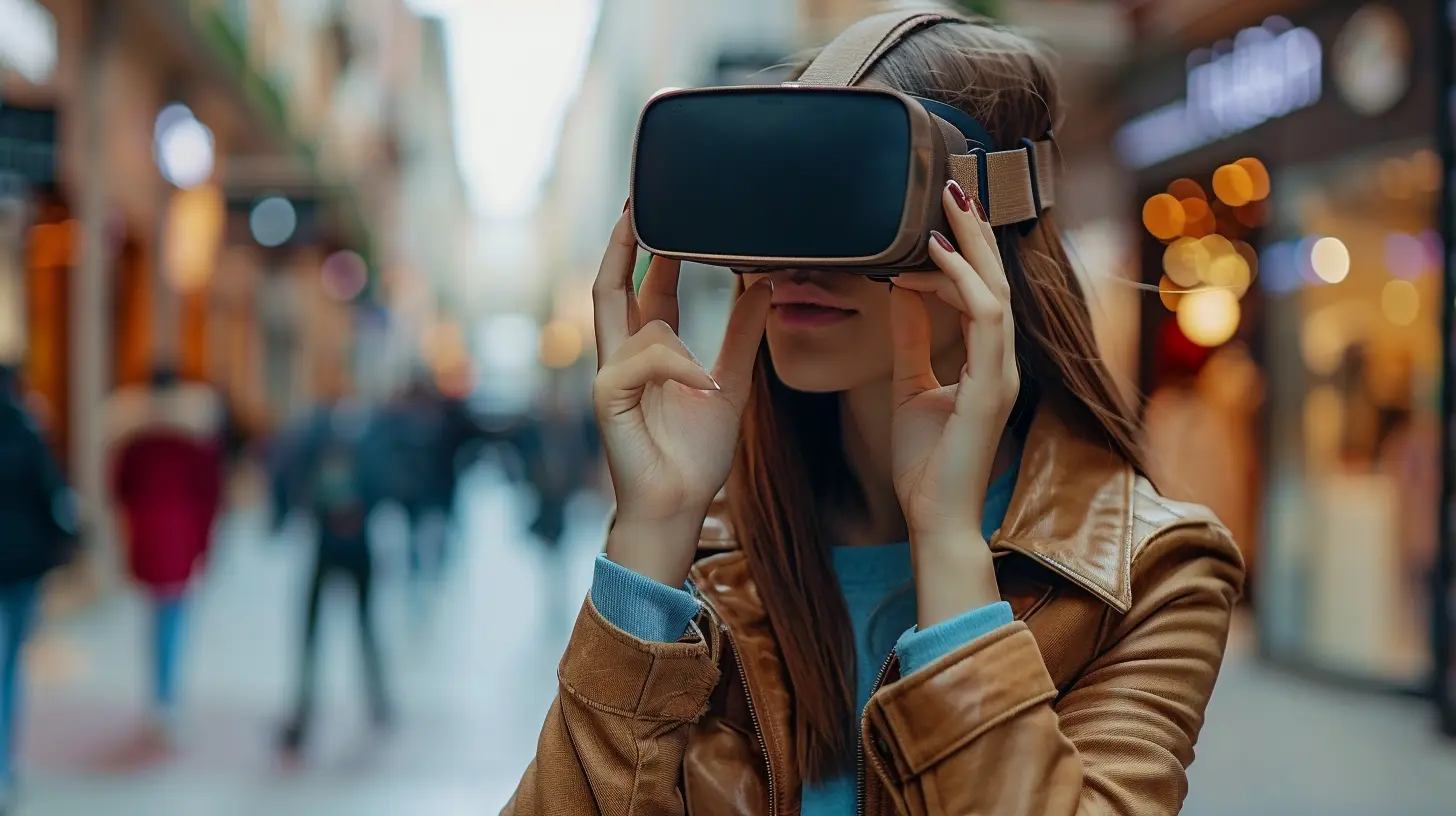
Why AR Matters in Retail and E-commerce
Why is AR such a big deal in the world of shopping? Well, for one, it offers a more immersive and interactive experience. Imagine being able to "try on" clothes or "place" a piece of furniture in your living room without leaving your house. Sounds like magic, right? But it's real, and it’s happening right now.AR helps retailers bridge the gap between physical and online shopping. It enhances the customer experience by giving them more confidence in their purchasing decisions. In a world where online shopping can sometimes feel disconnected and impersonal, AR brings a sense of tangibility that has been missing from the digital shopping experience.
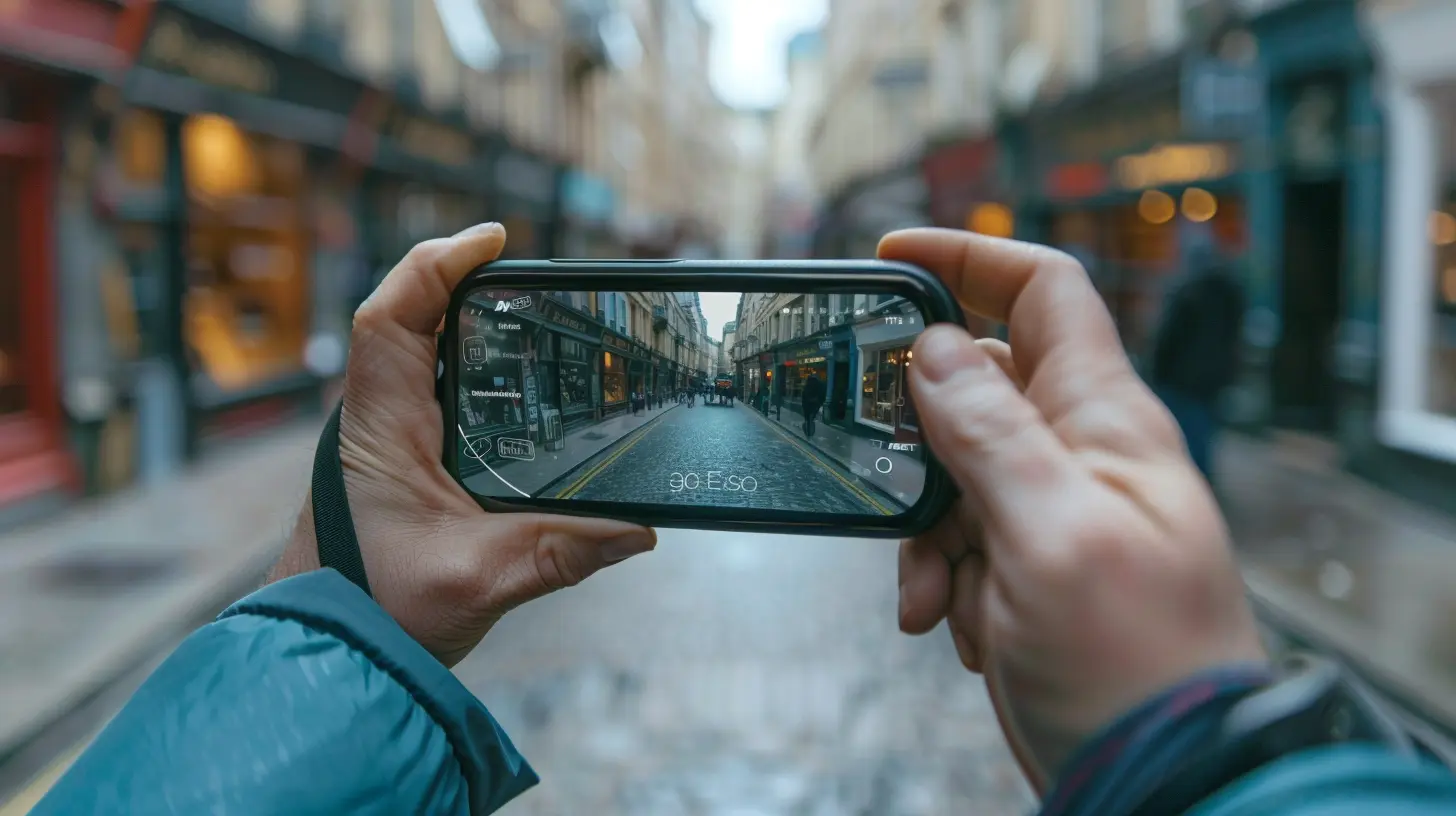
The Benefits of AR for Retail and E-commerce
Let's break down some of the key benefits AR is bringing to the table:1. Virtual Try-Ons and Fitting Rooms
One of the biggest hurdles for online shopping has always been the inability to try before you buy. Let’s face it, returning items because they don't fit or don't look the way you imagined them is a hassle. AR is solving this issue by allowing customers to virtually "try on" products.
For example, beauty retailers like Sephora and L’Oréal have developed AR apps that let customers see what different shades of lipstick or foundation will look like on their skin. Clothing retailers like Gucci and Zara are offering virtual fitting rooms where you can see how an outfit will look on you without physically trying it on. This not only saves time but also reduces return rates, which is a win-win for both the retailer and the customer.
2. Product Visualization in Real-World Environments
Ever bought a piece of furniture online, only to realize it doesn’t fit or match your room? Frustrating, right? AR is here to save the day. Using AR apps, customers can visualize how a product will look in their actual living space before making a purchase. IKEA’s AR app, for example, lets you place virtual furniture in your home, so you can see if that sofa really does go with your curtains.This is especially useful for big-ticket items like furniture and home decor, where customers want to be absolutely sure before pulling the trigger. It eliminates guesswork and provides a higher level of confidence in online purchases.
3. Enhanced In-Store Experience
AR isn't just for online shopping. Physical stores are also tapping into the power of AR to create more engaging in-store experiences. Some retailers have integrated AR into their brick-and-mortar locations, allowing customers to scan products with their phones for more information, reviews, or even interactive tutorials.Take, for instance, the LEGO Store. They’ve implemented AR kiosks that let you hold up a LEGO box and see a 3D model of the completed set right in front of you. This makes the shopping experience more interactive and fun, turning a routine trip to the store into a memorable experience.
4. Personalized Shopping Experiences
AR doesn’t just enhance the customer experience; it also personalizes it. By utilizing data and AR technologies, retailers can offer tailored recommendations based on a customer's preferences and past purchases.For instance, some clothing retailers are using AR mirrors that suggest outfits based on what the customer is currently trying on. These mirrors can recommend complementary items and even show how they would look together. It's like having a personal stylist—minus the hefty price tag.
5. Boosted Customer Engagement
AR is engaging. There’s no other way to put it. People love interactive experiences, and AR gives them exactly that. When customers are more engaged, they’re more likely to make purchases. It’s psychology 101: the more time someone spends interacting with a product, the more likely they are to buy it.Plus, customers are more likely to share these cool AR experiences on social media, giving retailers free, organic exposure. Who wouldn’t want to show off their new virtual outfit or the couch they just "placed" in their living room?
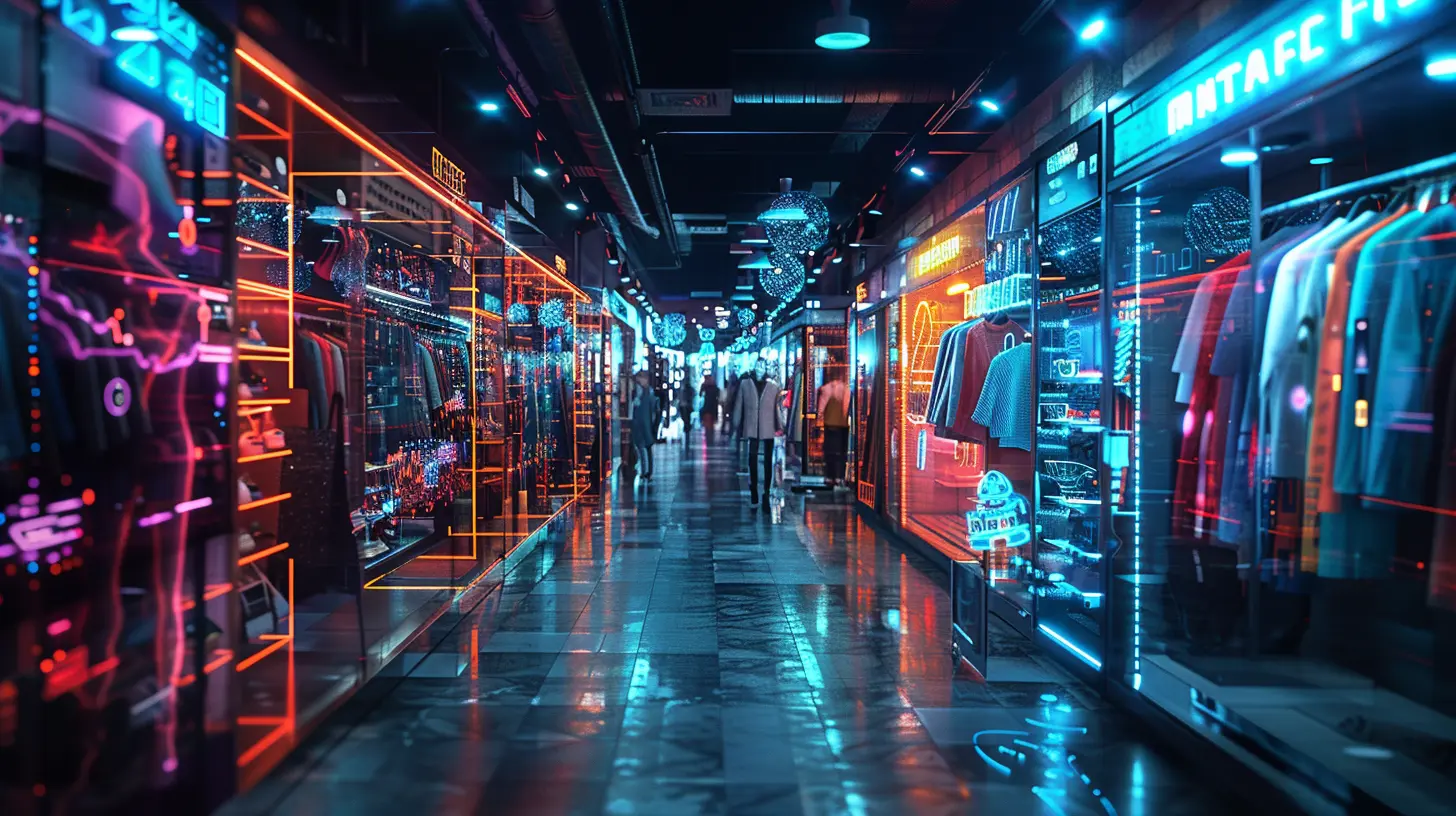
How AR Is Impacting E-commerce
While brick-and-mortar stores are benefiting from AR, e-commerce is where we’re seeing some of the most exciting innovations. Online shopping has always been convenient, but AR makes it even better. Here’s how:1. Bridging the Gap Between Physical and Online Shopping
One of the biggest challenges for e-commerce has always been the lack of a tactile experience. Online shoppers can’t touch, feel, or try products before buying, which often leads to uncertainty. AR bridges that gap by offering a virtual "hands-on" experience.For instance, Warby Parker allows customers to virtually try on different glasses styles using their AR app. This helps customers make more informed decisions and cuts down on returns—one of the biggest pain points in online retail.
2. Reducing Return Rates
Speaking of returns, AR is helping to drastically reduce return rates for e-commerce retailers. When customers can virtually try on or visualize a product in their space, they're more likely to be satisfied with their purchase. This means fewer returns, which is not only beneficial for the retailer's bottom line but also more eco-friendly since it cuts down on the waste and emissions associated with shipping.3. Improving Customer Confidence
Let’s be honest: shopping online can sometimes feel like a gamble. Will the color look the same? Will the size fit just right? AR helps alleviate these concerns by giving customers a more accurate representation of the product.For example, in the beauty industry, AR apps allow users to try different shades of makeup on their own face before making a purchase. This gives customers the confidence they need to buy, knowing they’re getting something that works for them.
4. Creating a Seamless Omnichannel Experience
AR is the glue that binds online and offline shopping. Retailers that adopt AR are creating a more seamless omnichannel experience, where customers can move fluidly from browsing online to visiting a store, and vice versa. For example, a customer might use an AR app to see how a piece of furniture looks in their home, then head to a physical store to see it in person before buying.This kind of integration boosts customer satisfaction by offering a flexible, convenient shopping experience that meets the customer wherever they are—online, in-store, or somewhere in between.
Challenges and Limitations of AR in Retail
Of course, no technology is without its challenges. While AR is certainly exciting, there are a few hurdles that retailers and e-commerce platforms need to overcome.1. Cost and Implementation
Implementing AR technology can be expensive, especially for smaller retailers. Developing an AR app or integrating AR features into an existing platform requires both time and money. However, as the technology continues to evolve, we can expect these costs to decrease, making AR more accessible to a broader range of businesses.2. Technology Limitations
While AR is impressive, it’s not perfect. The quality of the experience often depends on the user’s device. Not everyone has access to the latest smartphone with advanced AR capabilities, which can limit the reach of AR experiences. Additionally, AR experiences that rely on GPS or other location-based technology can sometimes be less accurate, leading to a less-than-ideal user experience.3. User Adoption
As with any new technology, there’s always a learning curve. Some users may be hesitant to adopt AR, especially if they’re not familiar with how it works. Retailers will need to invest in educating their customers on how to use AR features, which can require additional resources.
The Future of AR in Retail and E-commerce
Despite these challenges, the future of AR in retail and e-commerce looks incredibly promising. As the technology continues to improve and become more accessible, we can expect to see even more retailers adopting AR to enhance the customer experience.In the future, AR could become a standard feature in online shopping, much like product reviews or photos. We might see AR integrated into more aspects of the shopping journey, from personalized recommendations to virtual store assistants.
Conclusion
Augmented Reality is changing the way we shop, both online and offline. By offering immersive, interactive experiences, AR is helping retailers bridge the gap between physical and digital shopping, reduce returns, and boost customer confidence. While there are still challenges to overcome, the potential for AR in retail and e-commerce is enormous.As AR technology continues to evolve, we can expect it to play an even bigger role in transforming the shopping experience. So, the next time you're browsing online, don’t be surprised if an AR feature helps you make your next purchase. It’s not just the future—it’s already here.
all images in this post were generated using AI tools
Category:
Digital TransformationAuthor:

Reese McQuillan
Discussion
rate this article
15 comments
Yazmin Lamb
Augmented Reality is transforming shopping into an interactive adventure! It’s exciting to see how this tech makes online and in-store experiences so much richer.
April 7, 2025 at 8:15 PM

Reese McQuillan
Thank you! We're thrilled to explore how augmented reality is enriching both online and in-store shopping experiences. It truly is an adventure!
Nym McEachern
Great insights on innovation!
April 6, 2025 at 3:04 AM

Reese McQuillan
Thank you! I'm glad you found the insights valuable.
Catherine Morrow
Innovative AR solutions are truly transforming retail, making shopping more immersive and enjoyable for everyone!
April 5, 2025 at 2:57 AM

Reese McQuillan
Absolutely! AR is revolutionizing the retail experience, enhancing customer engagement and convenience like never before.
Rusty McElveen
Augmented Reality in retail? Finally, a chance to shop in my pajamas and still look stylish! Who knew virtual fitting rooms could make ‘I have nothing to wear’ a thing of the past? Let the shopping spree begin—minus the awkward dressing room dance!
April 3, 2025 at 11:16 AM

Reese McQuillan
Absolutely! Augmented reality is transforming the shopping experience, making it convenient and fun—who wouldn’t love a stylish spree from home? Enjoy the virtual fitting rooms!
Kenzie Wilkins
Augmented Reality is revolutionizing retail by enhancing customer experiences, allowing virtual try-ons, and bridging online and offline shopping. This technology is reshaping how consumers interact with products and make purchasing decisions.
April 2, 2025 at 3:34 AM

Reese McQuillan
Thank you for your insightful comment! Augmented Reality indeed plays a pivotal role in transforming retail by enriching customer experiences and seamlessly merging online and offline shopping. Your points highlight its impact on consumer engagement and decision-making.
Jaxon Wheeler
Augmented Reality transforms shopping experiences, enhancing customer engagement and boosting sales potential.
March 30, 2025 at 7:24 PM

Reese McQuillan
Absolutely! Augmented Reality is revolutionizing retail by creating immersive experiences that captivate customers and drive sales.
Kenna Young
Great insights! Augmented reality truly revolutionizes the shopping experience, bridging the gap between online and in-store. Excited to see how it evolves in retail!
March 30, 2025 at 4:37 AM

Reese McQuillan
Thank you! I’m glad you found the insights valuable. It's an exciting time for AR in retail!
Odessa Love
Augmented reality is revolutionizing retail by enhancing customer experiences through virtual try-ons and immersive product displays. This technology not only boosts engagement but also helps reduce return rates, ultimately driving sales and transforming the way consumers shop online and in stores.
March 29, 2025 at 4:42 AM

Reese McQuillan
Thank you for highlighting the transformative impact of augmented reality in retail! Its ability to enhance customer experience and reduce return rates is indeed reshaping how we shop.
Poppy Summers
This article insightfully highlights how augmented reality is transforming the retail and e-commerce landscape. By enhancing customer experiences and enabling more interactive shopping, AR is not just a trend but a pivotal tool for businesses seeking to engage consumers effectively.
March 26, 2025 at 8:53 PM

Reese McQuillan
Thank you! I'm glad you found the article insightful. AR truly is reshaping retail by creating engaging and interactive experiences for consumers.
Samantha Good
Augmented Reality enhances the shopping experience by allowing customers to visualize products in real-time, boosting engagement and reducing return rates.
March 25, 2025 at 5:17 AM

Reese McQuillan
Absolutely! Augmented Reality not only elevates customer engagement but also helps ensure satisfaction by allowing shoppers to see products in their own environment before purchasing, ultimately reducing return rates.
Geneva Evans
Augmented reality is revolutionizing retail by bridging the gap between physical and digital experiences. It enhances consumer engagement, reduces returns, and provides personalized shopping encounters, ushering in a new era of interactive e-commerce.
March 19, 2025 at 11:44 AM

Reese McQuillan
Thank you for your insightful comment! I completely agree—augmented reality is indeed transforming retail by creating more immersive and personalized shopping experiences.
Beth Henson
Exciting innovations transforming shopping experiences!
March 18, 2025 at 4:56 AM

Reese McQuillan
Thank you! Augmented reality is indeed revolutionizing how we shop, making experiences more interactive and personalized.
Veronica Griffin
Augmented reality is revolutionizing retail and e-commerce by enhancing customer experiences, improving product visualization, and bridging the gap between online and in-store shopping. Exciting developments ahead!
March 17, 2025 at 5:14 AM

Reese McQuillan
Thank you for your comment! I completely agree—augmented reality is indeed transforming the retail landscape by offering immersive experiences that enhance both online and in-store shopping. Exciting times ahead!
Derek McGrady
This article beautifully highlights the transformative potential of augmented reality in retail and e-commerce. Embracing these innovative technologies not only enhances customer experiences but also paves the way for a more interactive and engaging shopping journey. Exciting times ahead!
March 16, 2025 at 9:29 PM

Reese McQuillan
Thank you for your insightful comment! I completely agree—augmented reality is indeed revolutionizing the retail landscape and enhancing the shopping experience. Exciting times ahead!
Penelope McMahon
This article opens a fascinating window into the future of shopping! I'm particularly curious about how AR will enhance customer experiences in brick-and-mortar stores versus online platforms. Will we see a shift in consumer behavior as AR technology becomes more mainstream? Exciting times ahead!
March 13, 2025 at 11:47 AM

Reese McQuillan
Thank you for your insightful comment! AR definitely has the potential to transform both in-store and online shopping experiences, likely leading to shifts in consumer behavior as it becomes more widespread. Exciting times indeed!
MORE POSTS
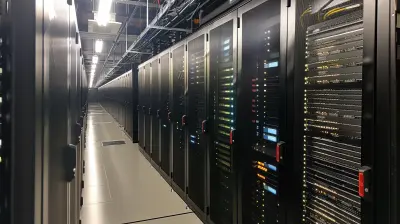
What Is a Zero-Trust Data Center and Why It Matters

Data Center as a Service (DCaaS): The Future of IT Outsourcing

Artificial Skin: A Breakthrough in Robotics and Prosthetics

Choosing the Right Smart Display for Your Kitchen: A Guide

Comparing the Most Popular Video Editing Platforms

Why Bluetooth is the Key to Hands-Free Voice Assistants

G and Its Role in Revolutionizing the Travel Industry
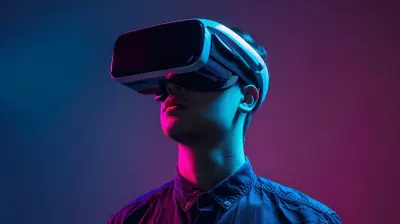
The Role of IoT in the Evolution of Digital Workspaces

Blockchain in Agriculture: Ensuring Food Safety and Traceability

Smart Displays in Hospitality: Enhancing Guest Experiences with Tech